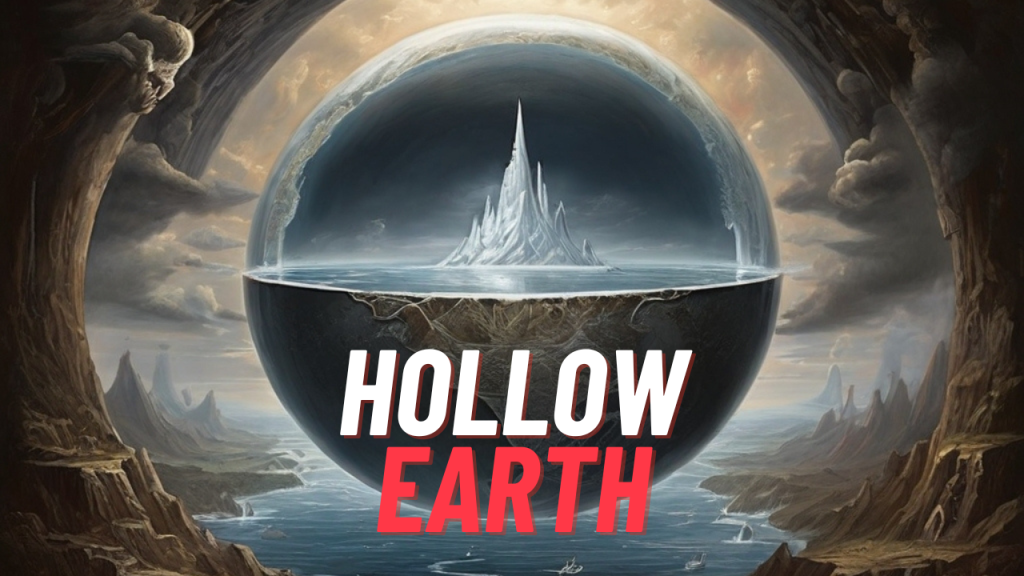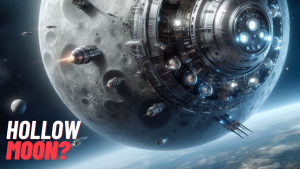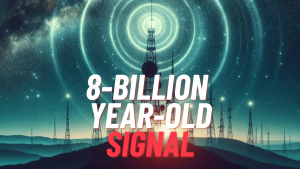
The concept of a Hollow Earth has fascinated people for centuries, even though it may sound ridiculous at first glance. The idea proposes that our planet is entirely hollow or contains a substantial interior space. While it’s largely considered pseudoscience today, it was once taken seriously by scientists and politicians.
Historical Origins
- The notion of a Hollow Earth was notably suggested by Edmond Halley in the late 17th century.
- However, it was disproven—first tentatively by Pierre Bouguer in 1740 and then definitively by Charles Hutton in his Schiehallion experiment around 1774.
- Despite this, the theory persisted through the mid-19th century, championed by figures like John Cleves Symmes Jr. and Jeremiah N. Reynolds. By then, though, it had become part of popular pseudoscience rather than a scientifically viable hypothesis.
The Hollow Earth Theory
- According to Hollow Earth theory advocates, Earth’s magnetic field (generated by the movement of the iron-rich outer core) could be explained by electromagnetic forces produced within the central cavity.
- They suggest that the donut shape allows for a self-sustaining magnetic dynamo effect, similar to how a current flows through a toroidal coil.
- Some versions of this theory propose that giant holes (known as Symmes Holes) exist at either pole, leading to an inner world within our planet.

Folklore and Subterranean Fiction
- The concept of a subterranean land inside the Earth has appeared in mythology, folklore, and legends across various cultures.
- Ancient Greeks believed in caverns under the surface leading to the underworld.
- Tibetan Buddhist tradition speaks of an ancient city called Shamballa located inside the Earth.
- Celtic mythology features a legend of a cave called Cruachan, known as “Ireland’s gate to Hell,” from which strange creatures would emerge.
- Medieval knights and saints were said to have journeyed inside the Earth into places of purgatory.
Recent Reconsideration
While Hollow Earth was once seen as harmless fun, recent events have made some reconsider its impact. As author Owen Egerton wrote in his book Hollow, conspiracy theories can have dangerous consequences. Egerton even volunteered to sail to the North Pole on a Russian icebreaker as part of an expedition to locate an entrance to the Hollow Earth. Although that trip never happened, he reflects on how conspiracy theories can wield power in unexpected ways.
While Hollow Earth theory remains intriguing for some, modern science overwhelmingly supports the idea that our planet is not hollow but rather composed of layers and liquid magma surrounding a dense core made primarily of iron and nickel. Nevertheless, its legacy continues in folklore and subterranean fiction—a testament to humanity’s enduring fascination with hidden realms beneath our feet..





